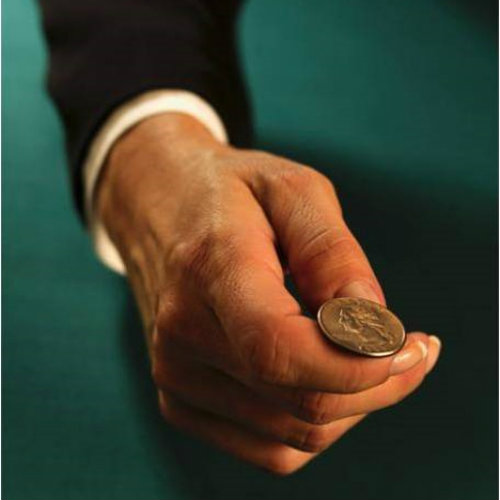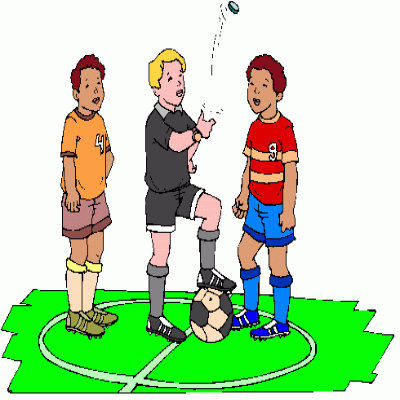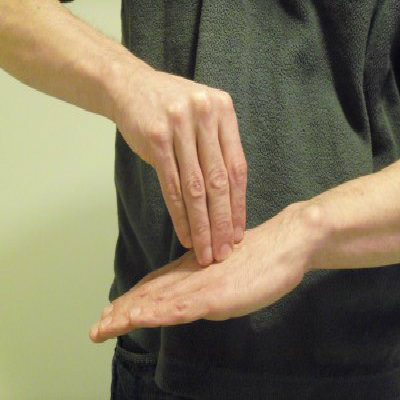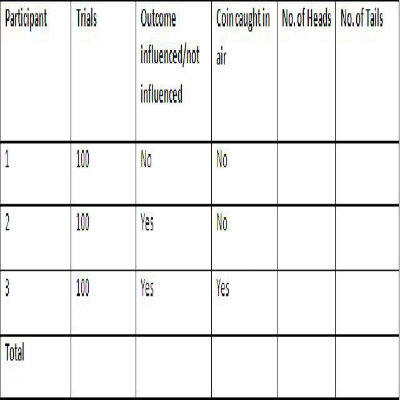How to Influence a Coin Toss

When a coin is tossed, there are two possible outcomes; it can either be heads or a tails. No matter how many times it is tossed, the probability of a head or tail will remain the same as long as the coin is unbiased. The probability of a coin’s outcome can be tested with the help of a simple experiment. The purpose of conducting this experiment is just to see if the outcome of a coin can be influenced or not. But this experiment will require involvement of a few participants for obtaining accurate results.
Requirements:
– Few unbiased coins
– 3 participants to flip the coin
– Notepad and a pen for writing the results
Instructions
-
1
First 100 flips without outcome influence
Ask a participant to flip the coin for 100 times without trying to influence the outcome. While he/she is flipping the coin, keep on noting down the results on a note pad.

-
2
Second 100 flips with influenced outcome
Now ask the 2nd participant to toss the coin another 100 times. This time try to make the coin fall with heads up; whether it lands on a floor, table or some other surface. Note down the results again. -
3
Third 100 flips catching coin in air
Now ask the 3rd participant to toss the coin 100 times and once more try to make it land with heads up. However, this time the coin has to be caught in mid-air instead of letting it fall on the ground. Upon catching, put the coin upside down at the back of your other hand and record the result.

-
4
Comparing the results
As you repeat this a few more times with the participants, there will be more accurate results. You will be able to find out if the outcome of a coin flip can be influenced by the person who is tossing it or not.

-
5
Influenced vs Non-influenced Outcome
If the number of influenced outcome is greater than the number of outcomes that were not influenced - this will prove if the outcome of a coin can be influenced.




